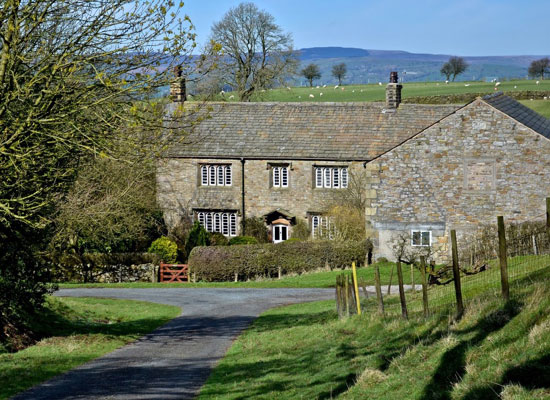To see a map with all of the heritage sites identified click here (PDF)
The history of Rimington is very varied. It is listed in the Domesday Book as ‘Renistone’. For most of the period since then it was part of the West Riding of Yorkshire and had close ties to Gisburn. The Rimington Tithe Schedule of 1846 (in the Archive section of the website) identifies Lord Ribblesdale, of Gisburne Park holding many properties in the village.
Rimington and Middop parish may not be as picturesque as its neighbour Downham, however it has a tremendously broad heritage. Much of the physical heritage is still here albeit in many cases in a changed form. Thus the two village schools are now private houses as is one of the two chapels, whilst the remaining one, Salem Congregational Chapel (Martin Top Chapel) thrives.
Probably the most well known industrial site is the Skeleron mining area, part of which is in a Scheduled Monument which includes part of a medieval open field system. It is thus of national importance. Another fascinating feature, sadly gone, is the windmill which was on the top of Spencers’ joiners shop in Stopper Lane (now two houses).
For a relatively small place there was a significant number of shops and cafes. The latter show that it was a place to which visitors came; the coming of the railway meant that travel further afield was so much easier and businesses clearly took advantage of that. Again most of these places are now houses.
Other individuals and families have made their mark on the village and, in particular, Rimington is known worldwide for the hymn tune ‘Rimington’, composed by Francis Duckworth, who was born in the village at the shop, now a house, in Stopper Lane.
In 1974 Rimington and Middop became part of the new Ribble Valley Borough Council and Lancashire. Downham Bridge still shows the old county boundary between Lancashire and Yorkshire. This change inspired Christine Thistlethwaite to write the first of her many poems ‘A Yorkshire Lad’s Lament’ and in turn, listening to those years later, inspired Lesley Marklew to initiate the recording of many of Christine’s dialect and other poems, and the development of this website as a village resource.
For those who wish to learn more about our heritage there is a significant amount of information in this and the Archive section of the website.

